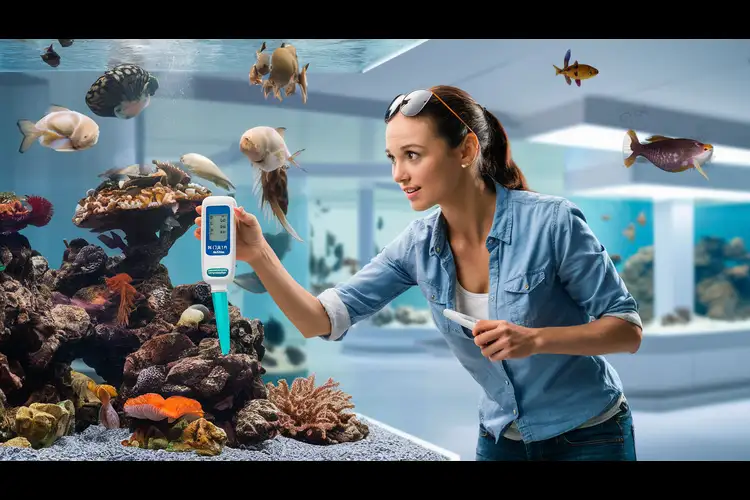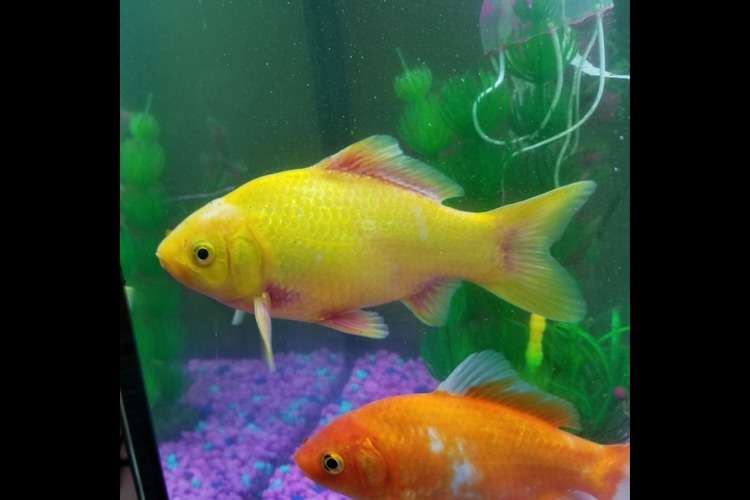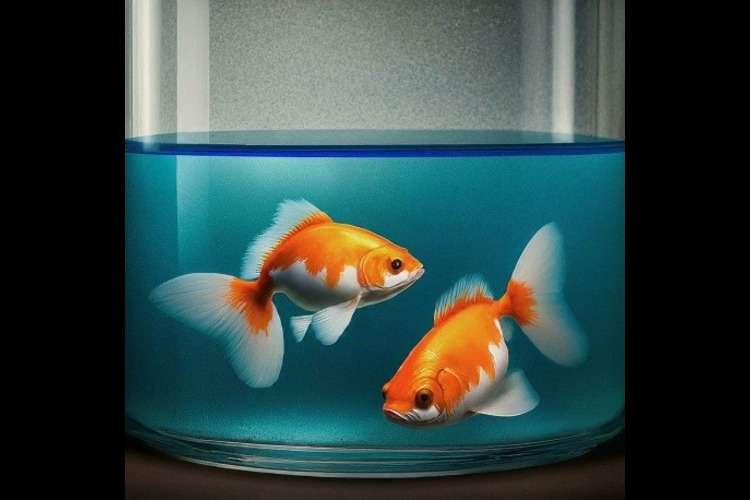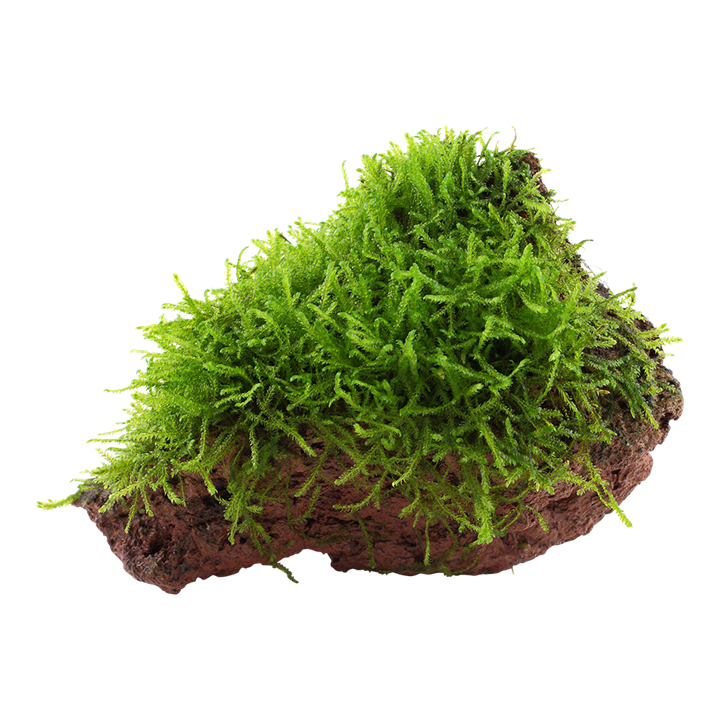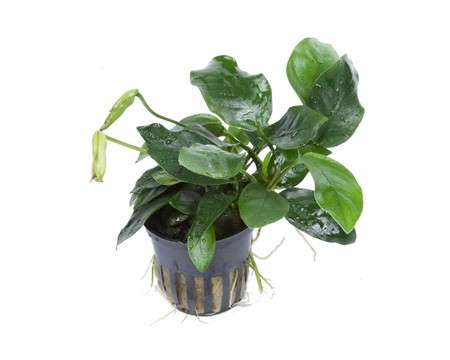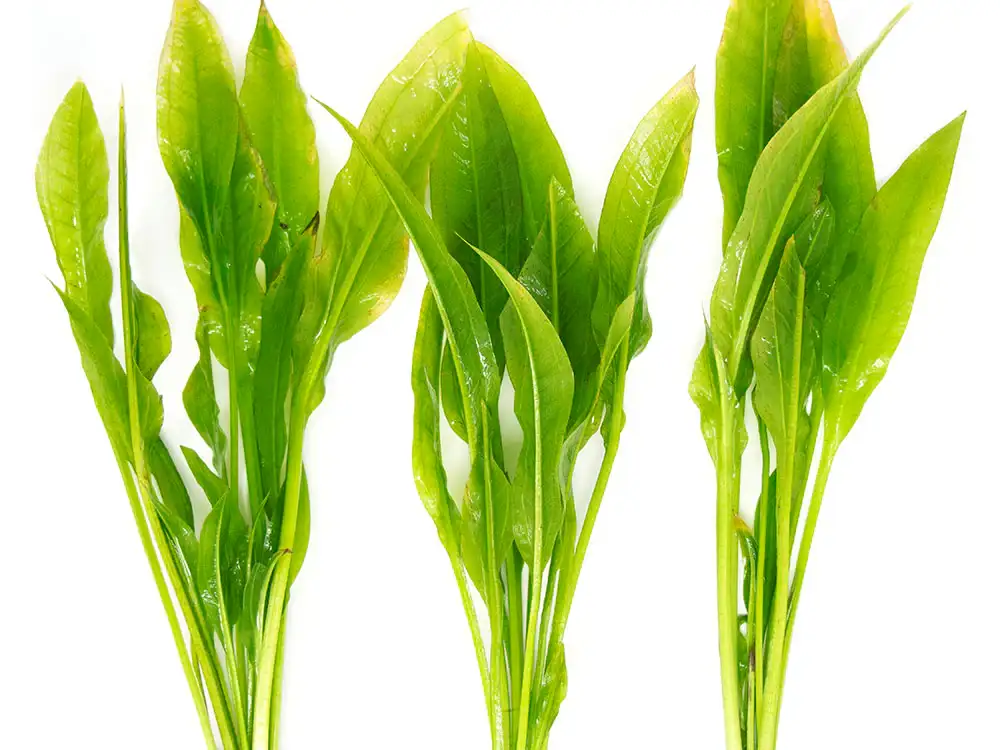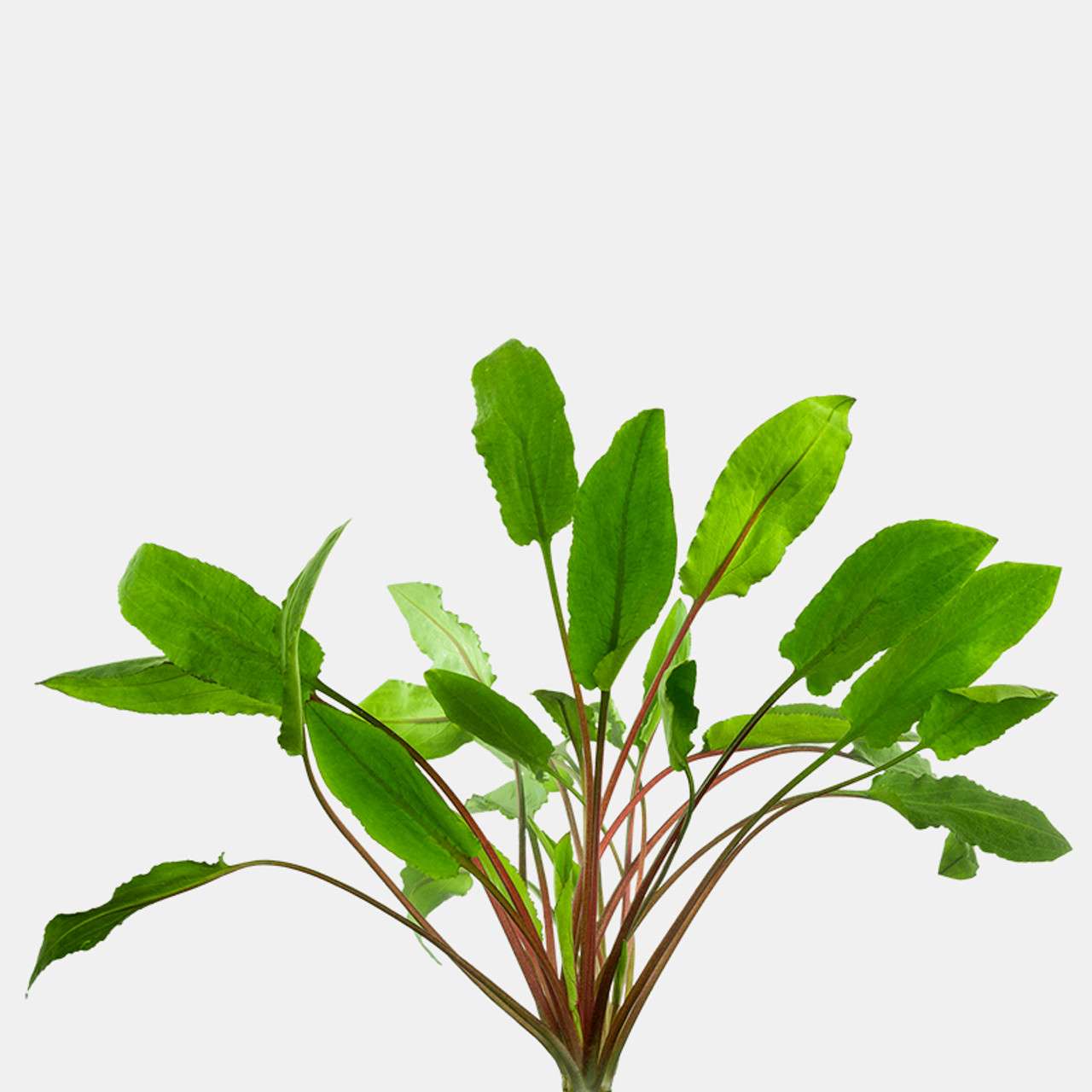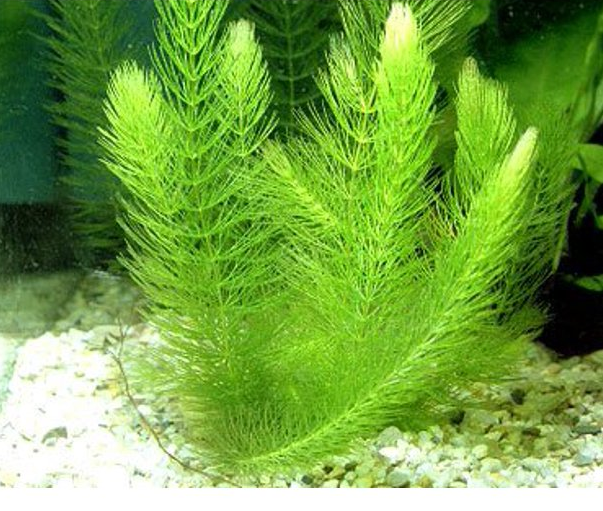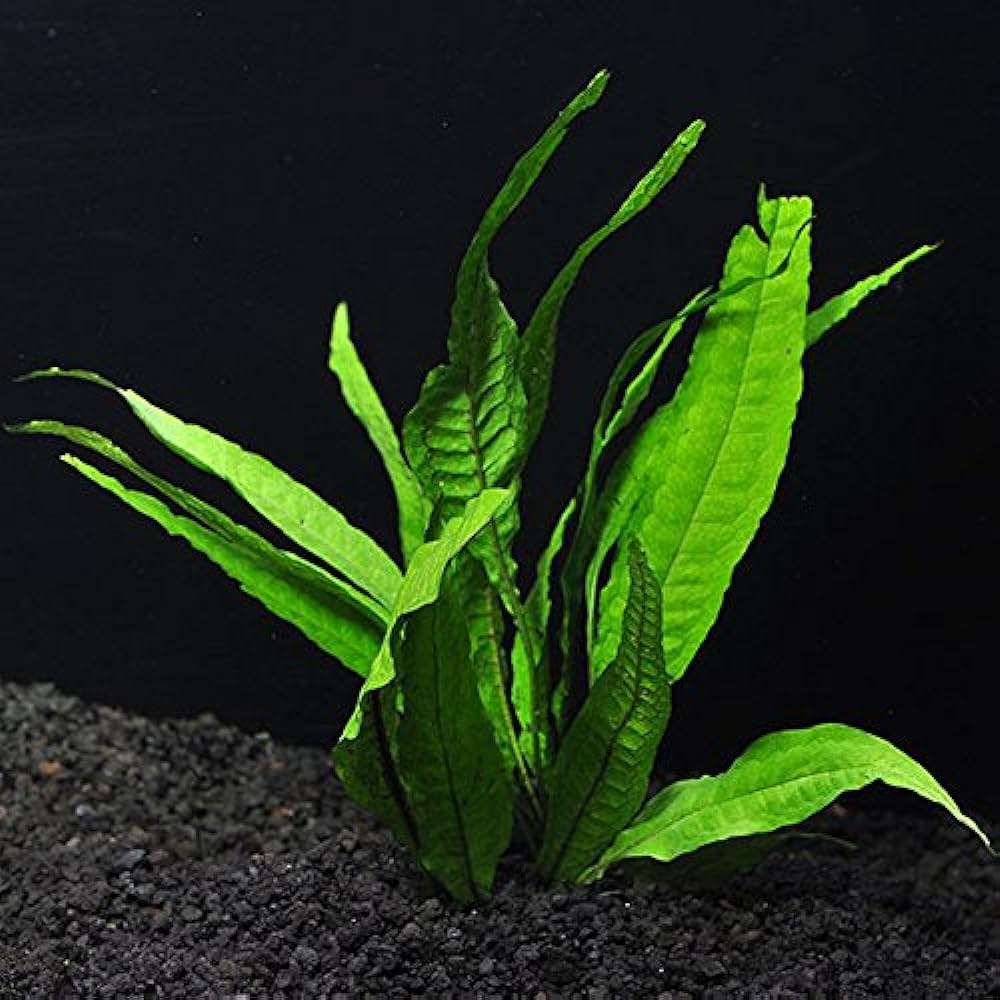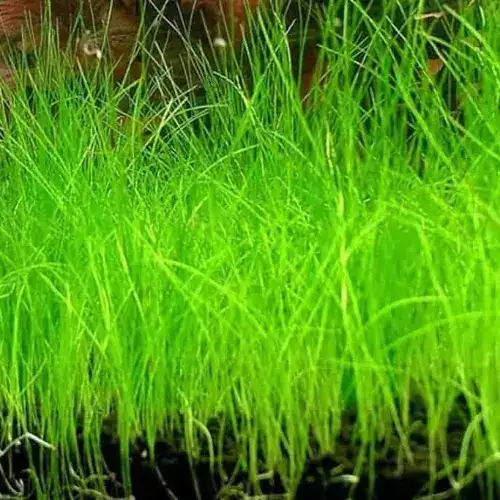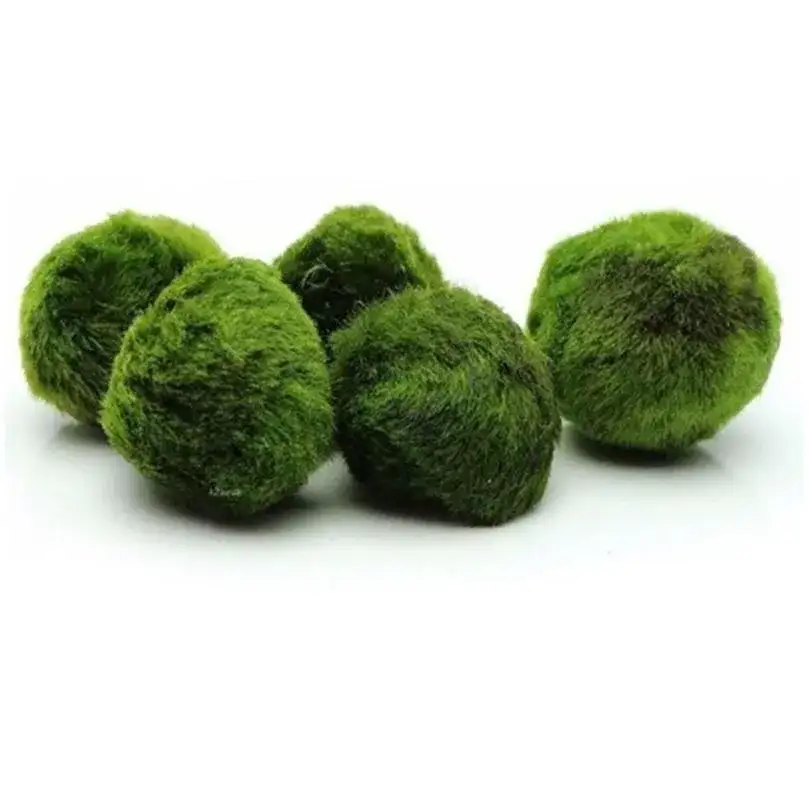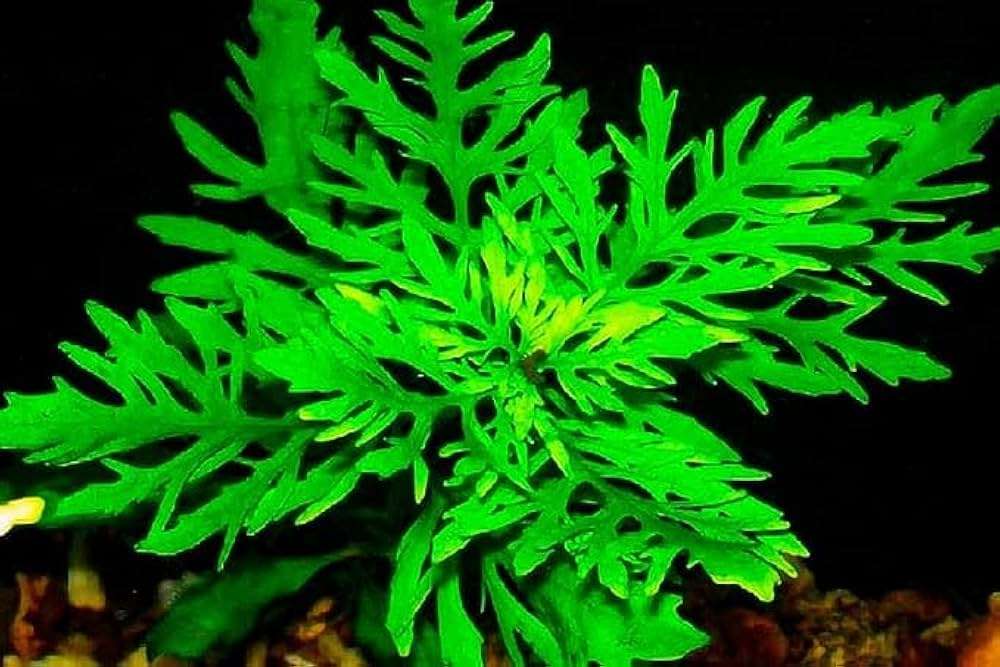Caring for an Orange-Spotted Snakehead: Aquarium Setup, Feeding, and Health Tips
Table of Contents
- 1. Aquarium Setup
- 2. Feeding
- 3. Health Tips
- 4. Breeding Considerations
- 5. Final Care Tips
- Conclusion
The orange-spotted snakehead (Channa aurantimaculata) is a freshwater, carnivorous fish native to India’s Brahmaputra River basin. It can grow up to 40 cm (15 inches) in length, displaying vibrant orange spots along its body.
They are known for their aggressive and territorial behavior; they thrive in slow-moving or stagnant waters. In captivity, this species requires a large, well-planted tank with plenty of hiding spots. It has a carnivorous diet and prefers live or frozen food. The species is highly prized by advanced aquarists for its striking appearance and challenging care requirements.
Orange-spotted snakeheads are fascinating and unique fish that make captivating additions to aquariums. With their striking appearance and intriguing behavior, they've gained popularity among fish enthusiasts. However, they have specific care requirements to ensure their well-being and longevity.
1. Aquarium Setup
a. Tank Size
The orange-spotted snakehead (Channa aurantimaculata) is a large, aggressive fish native to India. With an adult size reaching up to 40 cm (15 inches), they need a large aquarium for proper growth and comfort. A tank of at least 100-150 gallons is recommended to provide ample swimming space and reduce aggression, as these fish are highly territorial. Larger tanks also help maintain stable water parameters, which are essential for this species.
b. Water Conditions
To mimic their natural habitat of slow-moving rivers and streams, maintain water temperatures between 24°C and 28°C (75°F - 82°F). These fish prefer soft, slightly acidic to neutral water, with a pH range of 6.0 to 7.5. Use a good quality filter to keep the water clean, but ensure it doesn’t create strong currents, as snakeheads prefer calmer waters. Regular water testing is essential to monitor ammonia, nitrites, and nitrates. Perform 20-30% water changes weekly to keep water quality high.
c. Aquascaping
A well-decorated tank is key for the snakehead’s comfort. They thrive in heavily planted aquariums with lots of hiding spaces made of driftwood, rocks, and floating plants. These elements reduce stress, as the snakehead is a naturally shy fish when young. As it matures, it becomes more confident and territorial, so providing distinct territories using visual barriers like rocks or dense plant groups is important. They are also jumpers, so a tightly fitting lid is mandatory to prevent them from escaping the tank.
2. Feeding
a. Natural Diet
The orange-spotted snakehead is a carnivore that thrives on a diet of live or frozen food. In their natural habitat, they feed on fish, amphibians, and invertebrates. In an aquarium, it’s essential to replicate this diet as closely as possible to ensure proper nutrition.
b. Feeding in Captivity
Offer a variety of foods such as:
- Live foods: Small feeder fish, earthworms, crickets, and shrimp.
- Frozen foods: Bloodworms, shrimp, and krill are excellent sources of protein.
- Pellets: High-quality, carnivorous fish pellets can be introduced as a supplement to their diet, ensuring they get essential nutrients.
It’s best to feed them small portions and observe their behavior, as they are known to be voracious eaters. Juveniles should be fed daily, while adults can be fed 2-3 times a week. Be mindful of overfeeding, as leftover food can lead to water quality issues.
c. Feeding Behavior
Snakeheads are known for their aggressive feeding style, often hunting prey in the wild. In captivity, they may exhibit similar predatory instincts, actively chasing live food. It’s important to provide mental stimulation through varying their diet and occasionally introducing live prey, which can mimic their natural hunting instincts.
3. Health Tips
a. Water Quality
Good water quality is crucial for keeping orange-spotted snakeheads healthy. Ammonia and nitrite levels should be kept at 0 ppm, while nitrate levels should not exceed 20 ppm. Investing in a high-quality filtration system and performing regular water changes will help prevent common waterborne diseases. Regularly test the water for pH, ammonia, nitrites, and nitrates to ensure the environment is stable. Snakeheads are hardy fish, but they can still suffer from water quality-related issues if not monitored carefully.
b. Common Illnesses
Snakeheads are generally robust fish, but they are still prone to certain illnesses, including:
- Ich (White Spot Disease): Caused by parasitic protozoa, Ich appears as small white spots on the body and fins. It is usually brought on by stress or poor water conditions. Increasing water temperature slightly and using over-the-counter medications can treat the disease.
- Fin Rot: Caused by bacterial infections, fin rot often occurs due to poor water quality or stress. It can be treated by improving water conditions and administering antibacterial medications.
- Internal Parasites: These can cause symptoms like bloating, weight loss, and lethargy. Treat with anti-parasitic medications, and ensure that any live food introduced into the tank is properly quarantined or from a reputable source.
c. Behavioral Health
Orange-spotted snakeheads are solitary and territorial, especially as they mature. Keeping them with other fish can lead to aggression unless tank mates are large, equally aggressive species. Even then, conflicts may arise. A species-only tank is often recommended for adults, where they can dominate the space without threatening other fish. If they show signs of stress or aggression, evaluate their environment and tank mates.
4. Breeding Considerations
Although breeding the orange-spotted snakehead in captivity is not very common, they are known to be biparental, meaning both the male and female protect their eggs and young. If you plan to breed them, ensure they have ample hiding spaces and places to lay eggs, such as flat rocks or dense vegetation. When breeding, ensure the pair is well-fed to reduce aggression. Once eggs are laid, observe their behavior, as the parents will become extremely protective and aggressive toward any perceived threats.5. Final Care Tips
- Handling: Avoid handling these fish directly. Their sharp teeth can cause injury, and they can get easily stressed when removed from water. If handling is necessary, use soft mesh nets and minimize exposure to air.
- Tank Mates: If you’re keen on having tank mates, consider large, non-aggressive fish like cichlids or certain types of catfish. However, always monitor interactions to ensure the snakehead isn’t becoming overly aggressive.
- Longevity: With proper care, orange-spotted snakeheads can live up to 8-10 years, making them a long-term commitment.


